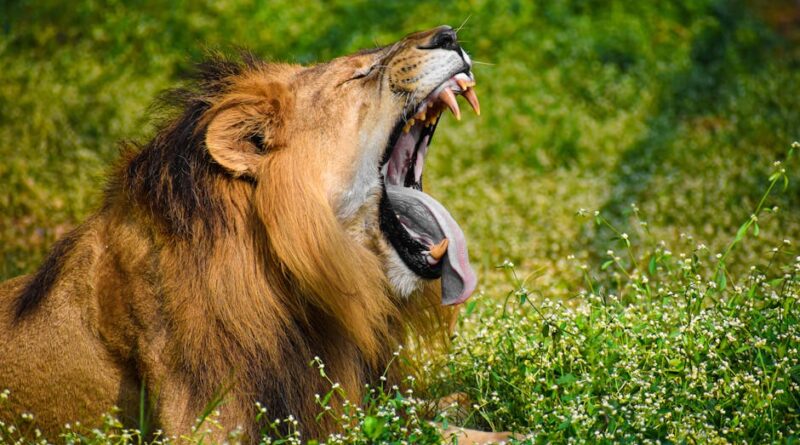Exploring the World of Macro Photography
Have you ever looked closely at a flower and noticed details that seemed hidden? that’s the magic of macro photography! It allows us to see the tiny wonders of the world, things our eyes often overlook. In this article, well dive into what macro photography is, how to get started, and tips to capture stunning images. Lets explore!
What is Macro Photography?
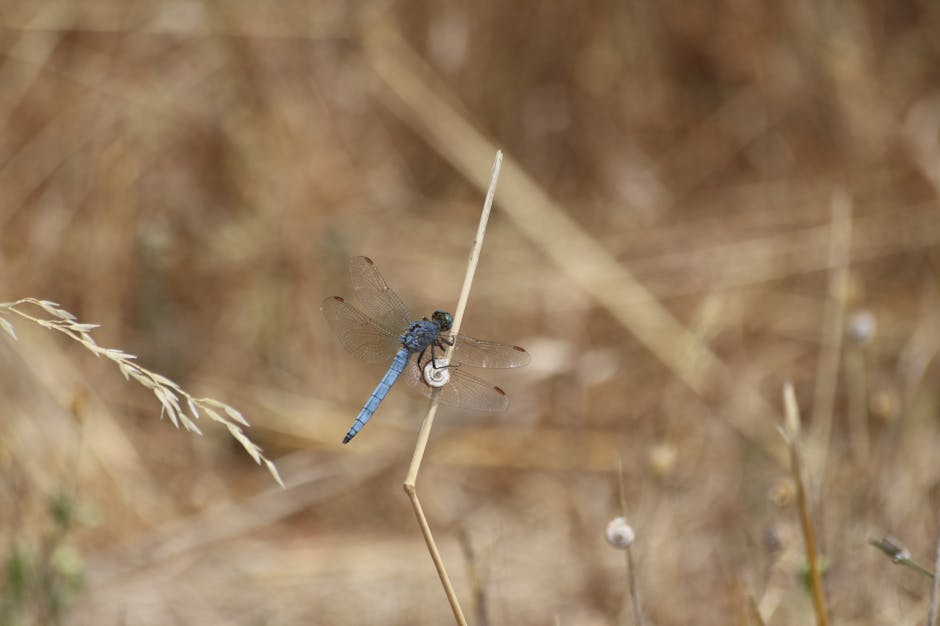
Macro photography is the art of taking close-up photos of small subjects. Think of insects, flowers, or even drops of water. By getting up close, you reveal details that aren’t visible to the naked eye. This type of photography helps us appreciate the beauty and complexity of the natural world.
According to the Macro Photography Association, macro photography typically focuses on objects that are at least 1:1 in size ratio. This means the subject is life-size or larger on the camera’s sensor. it’s a fascinating way to look at the world around us!
Why Should You Try Macro Photography?
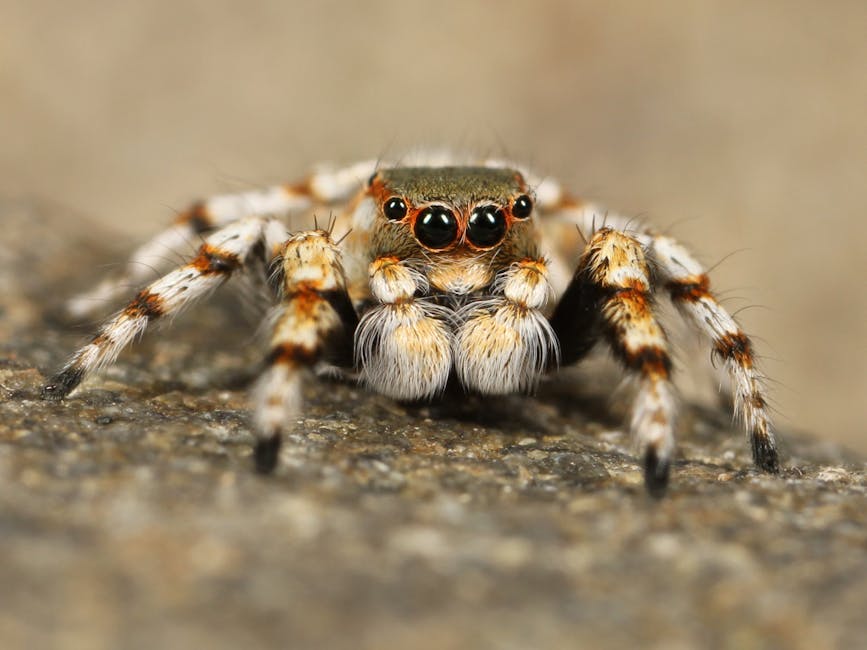
Looking for a new hobby? Macro photography offers many benefits:
- Creative Expression: Capture the beauty of nature in unique ways.
- Mindfulness: Focus on small details can be calming and meditative.
- Learning Opportunity: It teaches patience and observation skills.
Plus, it can be very rewarding to share your work with others. You might even spark their interest in the tiny details of life!
How Do You Get Started with Macro Photography?
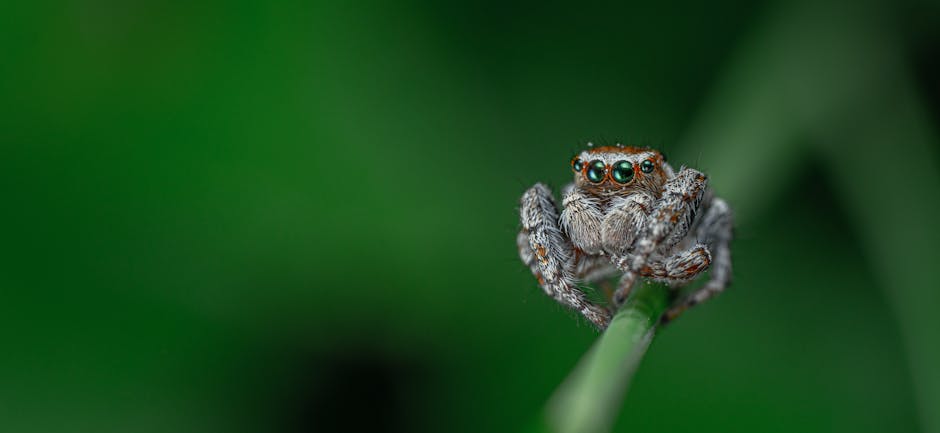
Ready to jump in? Heres how you can get started with macro photography.
Do You Need Special Equipment?
While you can use a high-end camera, you don’t need to break the bank. Here are some options:
- Macro Lens: This is the best choice for true macro photography. They allow for extreme close-ups.
- Extension Tubes: These are affordable attachments that create a larger distance between the lens and camera sensor, allowing closer focusing.
- Close-Up Filters: These are like reading glasses for your camera. They screw onto the lens to help focus on small subjects.
Remember, your smartphone camera can work too! Many smartphones now have impressive macro capabilities.
Where Can You Take Macro Photos?
Look around you! Macro photography can be done almost anywhere. Here are some ideas:
- Gardens: Flowers, insects, and leaves are perfect subjects.
- Backyards: Look for dew on grass or bugs on plants.
- Local Parks: Nature trails and parks often offer great photo opportunities.
Even your kitchen can be a great spot! Try capturing details of fruits or kitchen gadgets.
What Are Some Basic Techniques for Macro Photography?
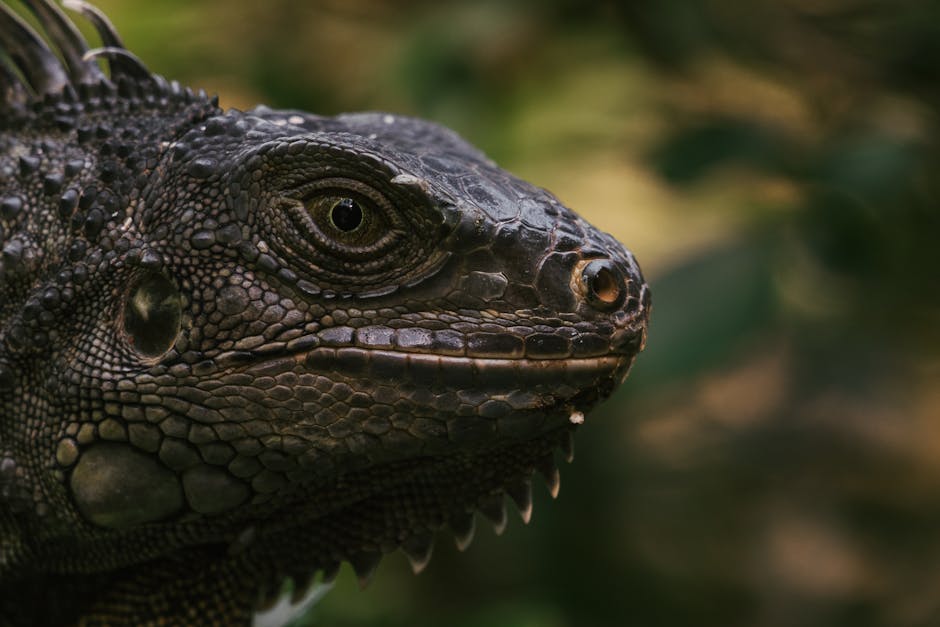
Now that you have the gear and a location, lets talk techniques. Here are some tips to improve your macro photography skills:
1. Use a Tripod
Stability is key in macro photography. Even slight movements can blur your image. A tripod helps keep your camera steady, especially in low light conditions.
2. Control Your Depth of Field
Depth of field refers to how much of your image is in focus. In macro photography, you often want a shallow depth of field to isolate your subject. This means using a wider aperture (like f/2.8 or f/4) to blur the background.
3. Pay Attention to Lighting
Good lighting makes all the difference. Natural light works best, but it can be harsh. Try shooting early in the morning or late in the afternoon when the light is softer. You can also use reflectors to bounce light onto your subject.
4. Get Creative with Composition
Think about how you frame your shot. The rule of thirds is a great guideline. Imagine your image divided into nine equal parts. Try to place your subject along these lines or at the intersection points for a more dynamic composition.
5. Experiment!
don’t be afraid to try new things! Change your angles, play with different settings, and explore various subjects. Macro photography is all about discovering and enjoying the small wonders!
What Common Mistakes Should You Avoid?
Even experienced photographers can make mistakes. Here are a few common pitfalls to watch out for:
- Ignoring the Background: A busy background can distract from your subject. Look for clean, simple backgrounds.
- Not Using Manual Focus: Autofocus can struggle in close-up photos. Manual focus gives you more control.
- Overlooking Composition: Take a moment to think about your shot before clicking.
Learning from mistakes is part of the process, so don’t be discouraged!
What Are Some Inspiring Macro Photography Examples?
Seeing incredible macro shots can spark creativity! Here are some ideas:
- Insects: Capture the intricate patterns on a butterfly’s wings.
- Flowers: Highlight the delicate details of petals and pollen.
- Food: Get close to fruits, vegetables, or even baked goods for mouthwatering shots.
Look for inspiration on platforms like Instagram or photography websites. You might find new ideas for your next shoot!
How Can You Share Your Macro Photography?
Once you have some stunning shots, share them! Here are some ways:
- Social Media: Post on platforms like Instagram or Facebook. Use hashtags like #MacroPhotography to reach a wider audience.
- Photography Contests: Enter local or online contests to showcase your work.
- Join Online Communities: Engage with other photographers in forums or groups. Exchange tips and feedback.
Sharing your work can lead to connections and even new opportunities!
What Are the Next Steps in Your Macro Photography Journey?
Ready to take your macro photography to the next level? Here are some actionable steps:
- Practice Regularly: Like any skill, practice makes perfect. Dedicate time each week to explore macro photography.
- Learn More: Read books, watch tutorials, or take classes to improve your skills.
- Network with Others: Connect with fellow photographers to share experiences and tips.
Macro photography can be a deeply satisfying hobby. Remember to enjoy the journey of discovery!
Conclusion
Macro photography opens up a world of tiny wonders. It encourages us to slow down and appreciate the details around us. Whether you’re capturing a bee on a flower or the texture of a leaf, each shot tells a story.
So, grab your camera and start exploring. You never know what beauty you might uncover just a few inches away!
For more tips and inspiration, check out [this resource](https://www.digitalphotomentor.com/macro-photography-tips/). Happy shooting!
